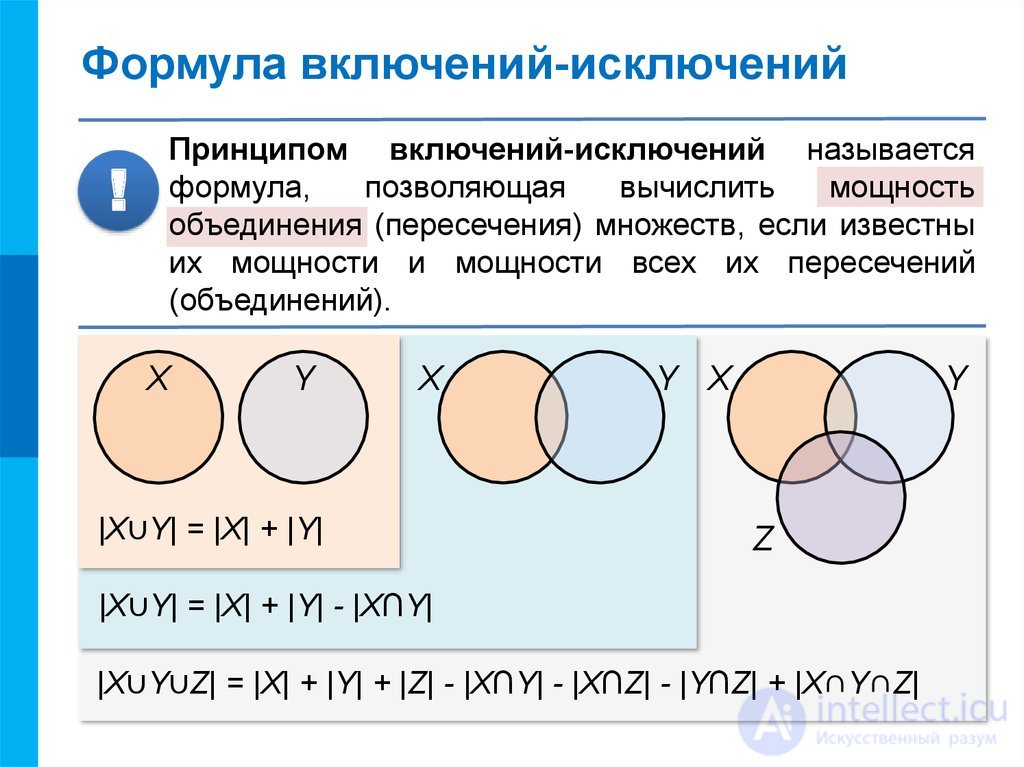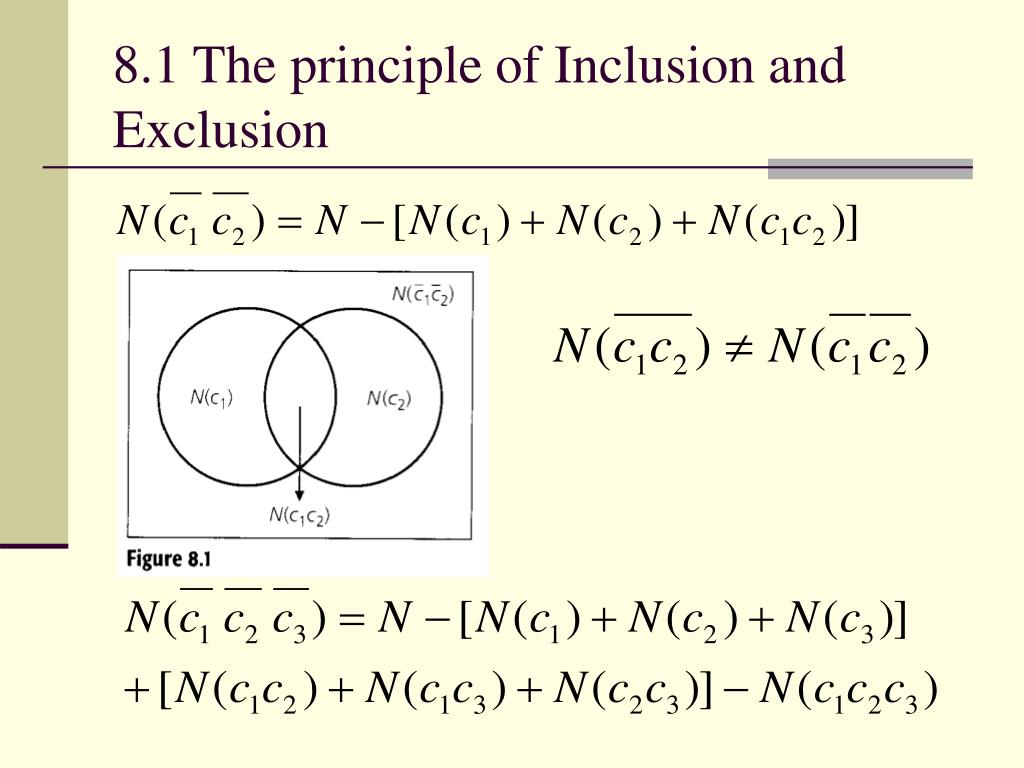

Why are inclusion and exclusion criteria important?ĭefining inclusion and exclusion criteria is important in any type of research that examines characteristics of a specific subset of a population. Researchers review inclusion and exclusion criteria with each potential participant to determine their eligibility. This statement is more specific, allowing you to limit extraneous variables that you are reasonably sure will influence your data. Good example: “Subjects will be excluded from the study if they are currently on any medication affecting sleep, prescription drugs, or other drugs that in the opinion of the research team may interfere with the results of the study.” This, in turn, affects the feasibility of your study. Excluding anyone who is using any type of medication-be it painkillers, birth control, or antidepressants-makes recruitment of study participants for your sample difficult. There are many forms of medication, and some surely will not interfere with your study results. Specifying the time frame ensures that the condition (insomnia) is more likely to be stable throughout the study.īad example: “Subjects will be excluded from the study if they are taking medications.” Here, the diagnosis and symptoms are clear. Good example: “Subjects will be included in the study if they have been diagnosed with insomnia by a physician and have had symptoms (i.e., trouble falling and/or staying asleep) for at least 3 nights a week for a minimum of 3 months.” How are you going to establish that participants have insomnia? Here are some examples of effective and ineffective ways to phrase your criteria:īad example: “Subjects will be included in the study if they have insomnia.” Example: Inclusion and exclusion criteriaLet’s say you are studying the effect of a relaxation therapy on women with insomnia. It is important that researchers clearly define the appropriate inclusion and exclusion criteria prior to recruiting participants for their experiment or trial. Examples of inclusion and exclusion criteria This means that they can’t participate in the study even if they meet the inclusion criteria. People who meet one or more of the exclusion criteria must be disqualified.
#Inclusion exclusion principle trial
Example: Exclusion criteriaIn the clinical trial for individuals with chronic heart failure, the following exclusion criteria apply: If potential participants possess any additional characteristics that can affect the results, such as another medical condition or a pregnancy, these are also often grounds for exclusion. Practical considerations, such as not being able to read.Ethical considerations, such as being a minor or being unable to give informed consent.In other words, individuals who meet the inclusion criteria may also possess additional characteristics that can interfere with the outcome of the study. These can also include those that lead to participants withdrawing from a research study after being initially included. Control variables: Fitness level, tobacco use, medications usedįailure to properly define inclusion and exclusion criteria can undermine your confidence that causal relationships exist between treatment and control groups, affecting the internal validity of your study and the generalizability ( external validity) of your findings.Įxclusion criteria comprise characteristics used to identify potential research participants who should not be included in a study.Study-specific variables: Type and stage of disease, previous treatment history, presence of chronic conditions, ability to attend follow-up study appointments, technological requirements (e.g., internet access).

Demographic characteristics: Age, gender identity, ethnicity.Examples of common inclusion and exclusion criteria are: This allows researchers to study the needs of a relatively homogeneous group (e.g., people with liver disease) with precision. Collectively, they’re known as eligibility criteria, and establishing them is critical when seeking study participants for clinical trials. Inclusion and exclusion criteria determine which members of the target population can or can’t participate in a research study.
#Inclusion exclusion principle for free
Try for free Inclusion and Exclusion Criteria | Examples & Definition

non-probability samplingĮliminate grammar errors and improve your writing with our free AI-powered grammar checker. Let's say we have $l$ finite sets $A_1, A_2, \ldots, A_l$ with cardinality of $n_1, n_2, \ldots\, n_l$, respectively.


 0 kommentar(er)
0 kommentar(er)
